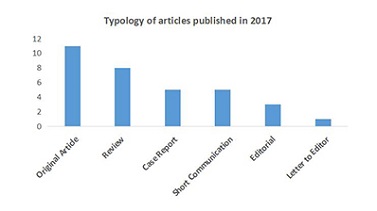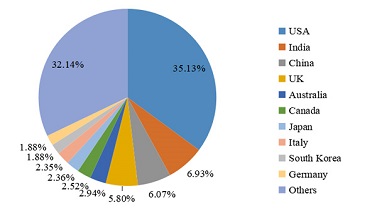The Future of Cardiovascular Imaging: Insights from Prof. Zhonghua Sun on 3D and Digital Technologies
The Editorial Office of Vessel Plus is honored to conduct a special interview with Prof. Zhonghua Sun, an internationally recognized expert in medical imaging and 3D visualization.
In this interview, Prof. Sun shared his insights into the current and emerging applications of advanced visualization technologies in cardiovascular imaging.
Interview Questions & Answer Highlights
Q1: You’ve published several studies on 3D printing applications in cardiovascular medicine, particularly in congenital heart disease. What are the current limitations of this technology in clinical practice, and how might they be addressed through future research?
Prof. Sun has been deeply involved in developing patient-specific 3D-printed heart models, especially for congenital heart disease. These models have proven highly valuable for medical education and surgical planning. However, high costs and long printing cycles remain major obstacles to routine clinical use. He believes that wider clinical adoption will require improvements in production efficiency, cost reduction, and greater acceptance among clinicians.
Q2: In your 2025 paper on ultra-low-dose CT using 3D-printed phantoms, you explored balancing radiation dose and image quality. How do you envision the future of patient-specific phantoms in training, protocol optimization, or regulatory approval?
Prof. Sun and his team developed a low-cost, patient-specific 3D-printed thoracic phantom to support the optimization of ultra-low-dose CT protocols. The model offers a reproducible and economical solution for imaging protocol research. While the concept is promising, challenges related to regulatory approval and commercialization still need to be addressed for successful clinical translation.
Q3: With the increasing incorporation of augmented and virtual reality in medical education--as discussed in your recent systematic review--what pedagogical shifts do you anticipate for radiology and anatomy teaching in the next decade?
Prof. Sun considers VR and AR to be the future of anatomy training and surgical simulation. In the post-pandemic era, with limited access to cadavers, these technologies have rapidly expanded in academic settings. Compared to static models, VR offers enhanced interactivity and realism, which are increasingly valued by clinicians and educators.
Q4: Given your long-standing leadership in societies like the International Society of Digital Medicine and your editorial roles, what are the key emerging themes or research gaps in cardiovascular imaging that young researchers should be paying attention to right now?
Prof. Sun encourages young researchers to concentrate on the digital transformation of cardiovascular imaging—particularly the integration of AI, deep learning, 3D visualization, VR/AR, and 3D printing. These technologies are reshaping diagnostic approaches, enabling predictive modeling, and improving clinical decision making throughout the field.
Brief Introduction

Zhonghua Sun, PhD, MD
John Curtin Distinguished Professor
Fellow of Society of Cardiovascular Computed Tomography
Member of Australian Society for Medical Research
Associate Editor-in-Chief, Journal of Geriatric Cardiology
Co Editor-in-Chief, Current Medical Imaging
Prof. Zhonghua Sun is a John Curtin Distinguished Professor and Head of Discipline of Medical Radiation Science at Curtin University, Australia. He gained his M.B and PhD degrees in clinical medicine and medical imaging, respectively, from Harbin Medical University in China and University of Ulster in UK.
Prof Sun’s research interests include diagnostic imaging, 3D medical image visualization of cardiovascular disease, 3D printing, virtual reality and mixed reality in cardiovascular disease, as well as AI in medical applications. He has published 5 books, 14 book chapters, and over 390 refereed journal papers in medical/medical imaging journals. He is a Fellow of the Society of Cardiovascular Computed Tomography. He serves as an associate editor/academic editor for 6 journals and editorial board member for more than 30 international imaging/medical journals.
Prof Sun has been ranked as world top 2% scientist since 2019 in the field of cardiovascular medicine in the Stanford list. He is the highly ranked scholar-lifetime award in 2024 in the specialty of computed tomography angiography by ScholarGPS in recognition of his exceptional productivity, noteworthy impact and quality of scholarly work in the top 0.05% of scholars in the Specialty worldwide.
Editor: Jane Meng
Language Editor: Catherine Yang
Production Editor: Ting Xu
Respectfully Submitted by the Editorial Office of Vessel Plus









